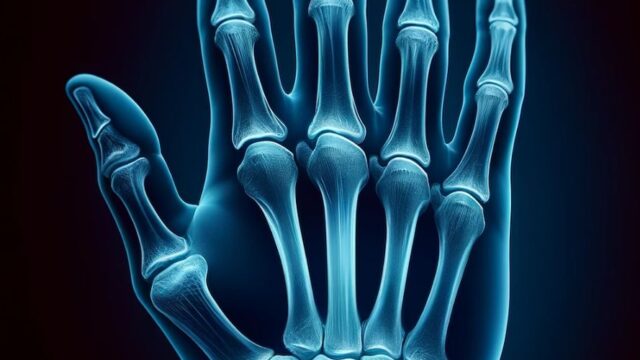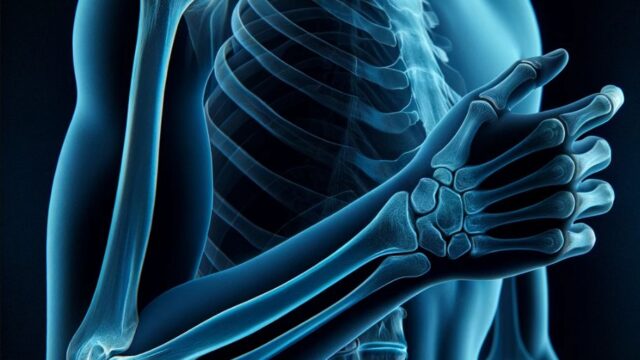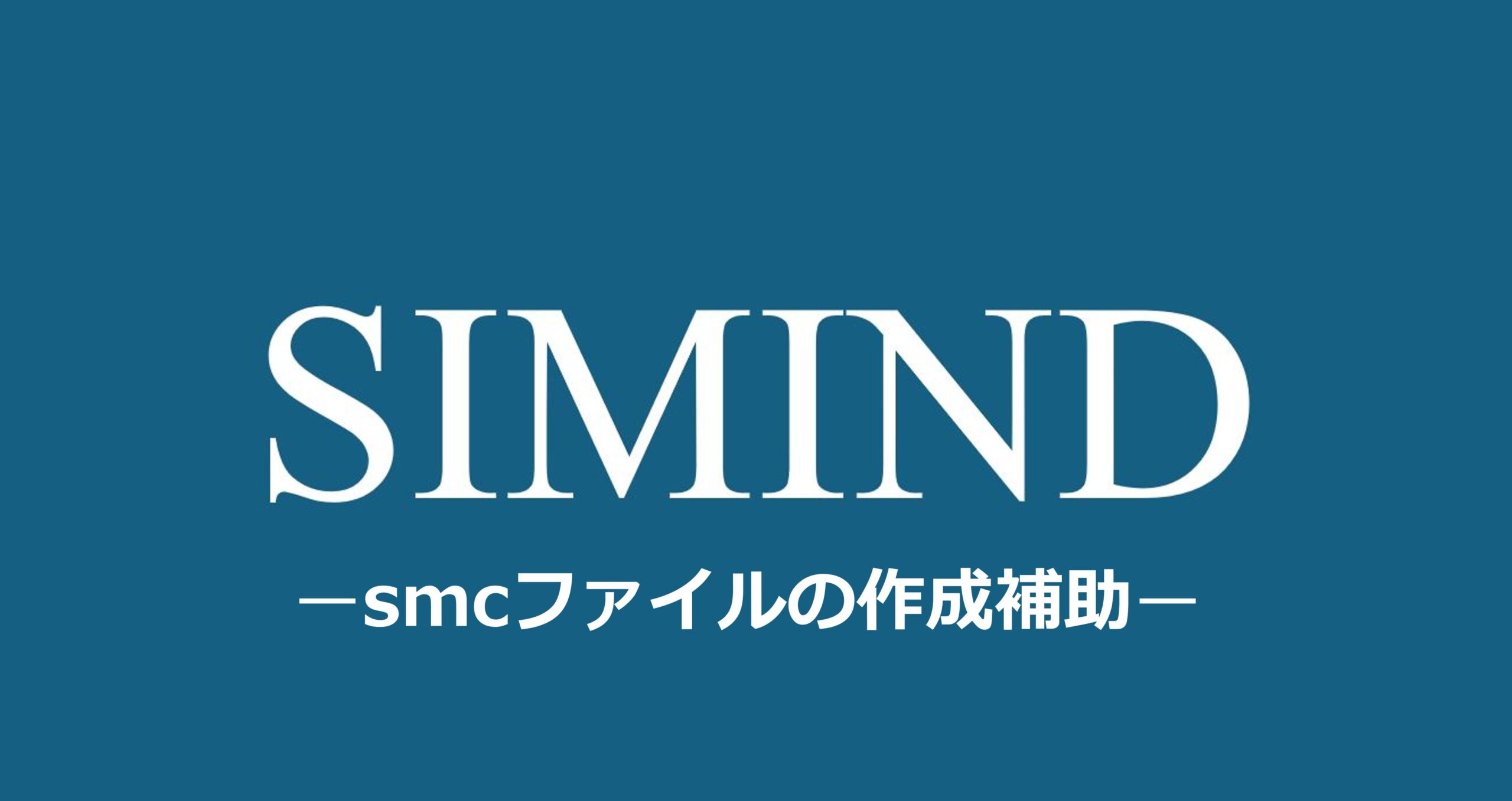Purpose
Project from the knee joint to the ankle joint and observe the tibia and fibula from the side for the diagnosis of dislocation, fractures, osteomyelitis, and foreign objects.
Prior confirmation
Remove any obstructive objects.
If patient can not move, consider horizontal incidence.
Positioning
Lateral decubitus position with the examined side down (the non-examined side is extended forward).
Slightly flex the knee joint on the examined side.
To eliminate overlap of the tibia and fibula, place a positioning block under the heel of the examined side and raise it by about 10 degrees (externally rotation).
PPosition the lower leg parallel to the long axis of a 17×14 inches cassette. If the length is insufficient, position the lower leg along the diagonal.
Considering the heel effect, orient the anode of the X-ray tube towards the ankle joint side.
Cover any unnecessary radiation area with a lead plate.
Place the RL marker.
CR, distance, field size
CR : Vertically perpendicular to the skin surface on the fibular side, with the upper and lower limits at the center of the lower leg.
Distance : 100cm
Field size : Include the knee joint to the ankle joint, narrowing down to the skin surface.
Exposure condition
55kV / 5mAs
Grid ( – )
Image, check-point
Normal (Radiopaedia)
Ensure that the knee joint to the ankle joint is included.
Include whole soft tissue.
The fibula should overlap with the tibia both proximally and distally, but there should be no other overlapping.
Cortical and medullary areas of the bone shaft should be clearly visible.
The non-examined lower limb should not overlap.
There should be sufficient tolerance to observe soft tissue.
The RL marker should be visible.
There should be no motion-induced blur.
Videos
Related materials















